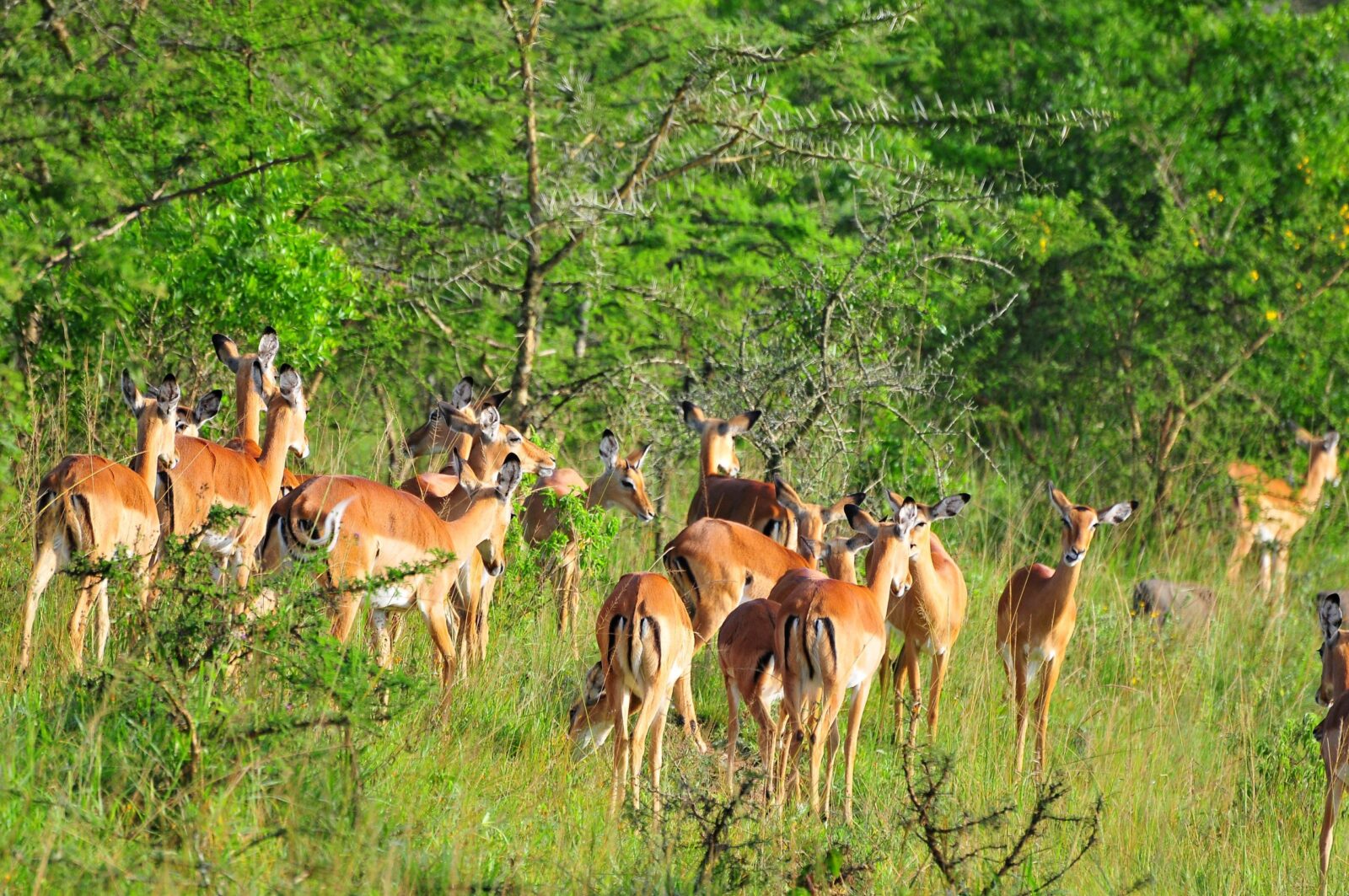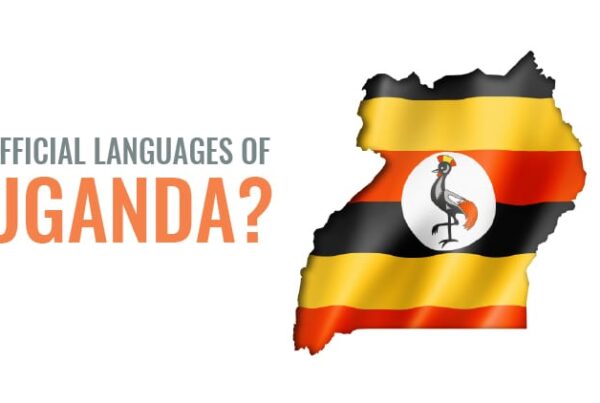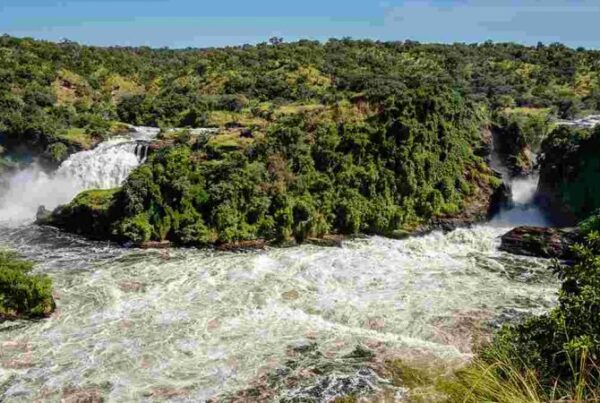Safari Photography in Lake Mburo: Capturing Zebras and Antelopes
Immortalizing Wildlife Moments
In the heart of western Uganda, Lake Mburo National Park offers more than a traditional safari experience; it presents a unique opportunity for wildlife photography that blends accessibility, diversity, and natural beauty. Among the most photogenic species in the park are zebras and antelopes, whose dynamic behaviors, striking appearances, and interactions with their environment create compelling imagery for both amateur and professional photographers.
The park, though smaller than other Ugandan reserves, is celebrated for its rolling savannahs, acacia woodlands, lakeshore vistas, and wetlands, all providing varied backdrops that enhance photographic composition. Safari photography in Lake Mburo is not merely about documenting animals; it is about capturing behavior, interaction, and the essence of the wilderness, where every frame tells a story of survival, adaptation, and beauty.
This article explores the art and practice of safari photography in Lake Mburo, with a focus on zebras and antelopes, examining technical considerations, seasonal dynamics, wildlife behavior, equipment guidance, and tips for creating evocative and memorable images.
Understanding the Photographic Potential of Lake Mburo
Lake Mburo’s compact size and accessible habitats make it ideal for safari photography. Unlike larger parks, where sightings may require long drives, the proximity of wildlife to roads, trails, and lodges allows photographers to spend extended time observing and framing their subjects. Zebras graze openly on rolling plains, impalas and elands move gracefully through woodland edges, and warthogs or waterbucks provide dynamic foregrounds to photographic compositions.
The park’s diverse landscapes create opportunities for varied photography. Open grasslands allow for wide-angle shots emphasizing scale and herd dynamics, while shaded woodland areas provide dramatic contrasts and patterns of light and shadow. Wetlands and lakeshores reflect surrounding vegetation and skies, enabling reflections and silhouette photography, particularly during early mornings and late afternoons.
The combination of abundant wildlife, accessible vantage points, and varied terrain ensures that every safari offers multiple photographic possibilities, from intimate close-ups to expansive scenic compositions.
Zebras: The Iconic Subjects
Zebras, particularly Burchell’s zebras, are among the most photographed species in Lake Mburo. Their distinctive black-and-white stripes create natural patterns that are visually striking in any landscape. Beyond their appearance, zebras exhibit behavioral traits—grazing in synchronized movements, interacting socially within herds, and displaying protective behaviors toward foals—that enrich photographic storytelling.
Photographers are encouraged to observe herd dynamics before composing shots, capturing moments that convey interaction, hierarchy, or playful behaviors. The contrast between the zebras’ stripes and the golden hues of savannah grasses during dry seasons enhances visual impact, while wet-season greenery provides vibrant backgrounds for color-rich imagery.
Capturing zebras in motion requires careful consideration of shutter speed, focus, and framing. Early morning light often produces soft shadows and warm tones, while mid-morning can create harsher contrasts. Patience is essential, as spontaneous interactions among herd members yield the most compelling images. Photographers are advised to minimize disturbance, maintaining respectful distances while allowing natural behaviors to unfold.
Antelopes: Grace and Elegance in Motion
Lake Mburo is home to a diverse range of antelopes, including impalas, elands, waterbucks, and bushbucks, each providing unique photographic opportunities. Impalas, agile and alert, often move in herds, creating dynamic compositions and patterns that reflect social cohesion and predator awareness. Elands, the largest antelopes in the park, exhibit imposing stature and slow, deliberate movements, offering opportunities for majestic portraits against open landscapes.
Photographing antelopes involves observing behavior and anticipating movement. Impalas’ leaps, elands’ grazing postures, and waterbucks’ interaction with water sources can be captured effectively with telephoto lenses, allowing close framing without disturbing the animals. Seasonal variations, such as mating displays or the presence of calves, add layers of interest and narrative depth to images.
Lighting is critical in antelope photography. Early mornings and late afternoons provide the most favorable conditions, producing soft, directional light that enhances textures, contours, and contrasts in fur and surrounding vegetation. Shadows can be used creatively to convey depth and dimension, while wide-angle perspectives emphasize scale and environment.
Technical Considerations for Safari Photography
Successful safari photography requires attention to equipment, settings, and techniques. Telephoto lenses ranging from 200mm to 600mm are recommended for capturing distant wildlife, while wide-angle lenses allow for landscape integration and contextual storytelling. Cameras with high-speed autofocus, burst modes, and image stabilization enhance the ability to capture fast-moving subjects, such as antelopes fleeing from potential threats.
Tripods or monopods can stabilize shots during low-light conditions or for extended observation, while polarizing filters help manage reflections on water surfaces, improving clarity and color saturation. Understanding exposure, ISO settings, and aperture choices is crucial to adapt to changing light conditions and ensure consistent results.
Composition techniques such as the rule of thirds, leading lines, and framing with natural elements help produce aesthetically pleasing images. Observing animal behavior and anticipating movement allows photographers to capture decisive moments, conveying emotion, interaction, and narrative within the frame.
Seasonal Dynamics and Photography Opportunities
The park’s seasonal cycles affect both wildlife behavior and photographic conditions. During dry seasons, from June to August and December to February, grasses are shorter, wildlife congregates around water sources, and the light is typically warmer and softer, ideal for capturing zebras and antelopes against open plains. Photographers can take advantage of concentrated herds, predictable movements, and unobstructed sightlines.
During wet seasons, from March to May and September to November, vegetation is lush, water bodies are replenished, and wildlife disperses across the park. While animals may be more concealed, the landscape offers vivid green backdrops, reflective water surfaces, and active birdlife, adding dynamic elements to compositions. Seasonal variation also influences lighting, with occasional clouds providing diffused sunlight and dramatic skies that enhance visual storytelling.
Selecting the optimal season depends on photographic priorities—whether the goal is clear wildlife observation, interaction among species, or integrating lush landscapes and environmental elements into compositions.
Ethical Considerations in Safari Photography
Ethics play a critical role in maintaining the integrity of wildlife photography. Animals should never be chased, startled, or coerced into behaviors for the sake of a photograph. Maintaining distance, using telephoto lenses, and observing quietly ensures authentic interactions and protects both wildlife and photographer.
Guides are essential in facilitating ethical photography, advising on proximity, animal behavior, and safety. Respecting park regulations, trails, and restricted areas is mandatory, preserving habitats while allowing photographers to work effectively. Ethical practices also enhance the quality of images, as animals behave naturally when undisturbed, producing more compelling and authentic photographs.
Integrating Landscape and Context
Photographs of zebras and antelopes are enriched when contextual elements are included. Rolling hills, acacia trees, lakeshores, and wetland vegetation provide scale, contrast, and narrative depth. Sunrise and sunset lighting enhance textures and colors, while reflections in water create symmetry and visual interest.
Foreground elements such as grasses, rocks, or fallen branches can be used to frame subjects, leading the viewer’s eye through the composition. Background elements, including distant hills or cloud formations, contribute to a sense of place, emphasizing that wildlife exists within a broader ecosystem rather than in isolation.
Capturing Behavior and Interaction
Behavioral photography is essential in conveying the essence of wildlife. Observing zebras grazing, resting, or socializing allows photographers to capture moments of intimacy, hierarchy, and play. Antelopes displaying alertness, grazing patterns, or interactions between mothers and offspring provide rich narrative opportunities.
Patience is key. Wildlife rarely conforms to human expectations, and extended observation often results in the most compelling imagery. Waiting quietly for a spontaneous leap, a greeting gesture, or a predator-prey interaction can yield photographs that resonate with authenticity and emotion.
Post-Processing and Presentation
Post-processing enhances safari photography while preserving natural aesthetics. Adjustments to exposure, contrast, and color balance can bring out textures and details, while cropping and framing refine compositions. Photographers are encouraged to avoid over-processing, maintaining authenticity and respecting the natural environment.
Digital archiving, cataloging by species, behavior, or location, and metadata management ensure that photographic work is organized and accessible. Presentation through exhibitions, publications, or personal portfolios allows photographers to share the beauty and ecological significance of Lake Mburo, contributing to conservation awareness and appreciation.
Complementary Activities for Photographers
Photography in Lake Mburo can be complemented by walking safaris, cycling tours, and boat excursions, each offering distinct perspectives and opportunities. Walking safaris provide intimate access to small mammals, birds, and plant life, while boat safaris reveal hippos, crocodiles, and aquatic birdlife in their natural habitats. Cycling tours allow movement across diverse terrain, offering multiple vantage points and dynamic compositions.
Cultural visits to Banyankole communities provide additional layers for storytelling, integrating human narratives with wildlife and landscape photography. This holistic approach creates a portfolio that reflects both ecological and cultural richness, enhancing the depth and impact of photographic work.
Capturing the Spirit of the Savannah
Safari photography in Lake Mburo National Park is a blend of artistry, patience, and ecological awareness. Zebras and antelopes, with their distinctive appearances and dynamic behaviors, serve as compelling subjects within the park’s diverse landscapes. The combination of accessible habitats, varied lighting, and intimate wildlife encounters ensures that each safari offers multiple opportunities for memorable and meaningful imagery.
Travelers seeking to document Uganda’s natural beauty are encouraged to approach photography ethically, using both technical skill and observation to create compelling narratives. For those wishing to combine expert guidance, logistical support, and immersive wildlife experiences, booking Africa tours and safaris with WildHorn Africa ensures safe, responsible, and unforgettable photographic adventures in Lake Mburo National Park.





 WildHorn Africa – Authentic and unforgettable tours across Africa, guided by local experts who know the land, wildlife, and culture best.
WildHorn Africa – Authentic and unforgettable tours across Africa, guided by local experts who know the land, wildlife, and culture best.


